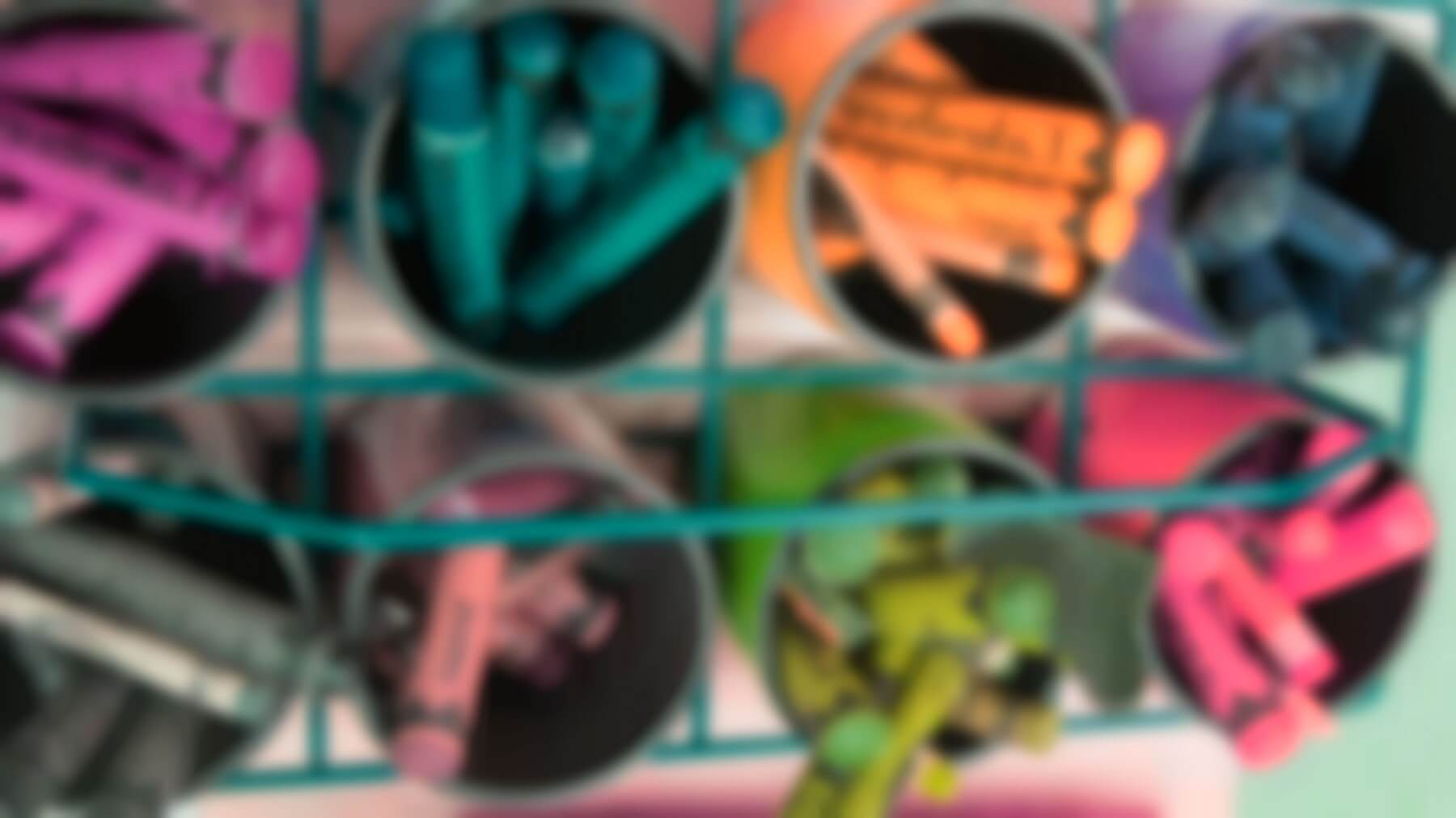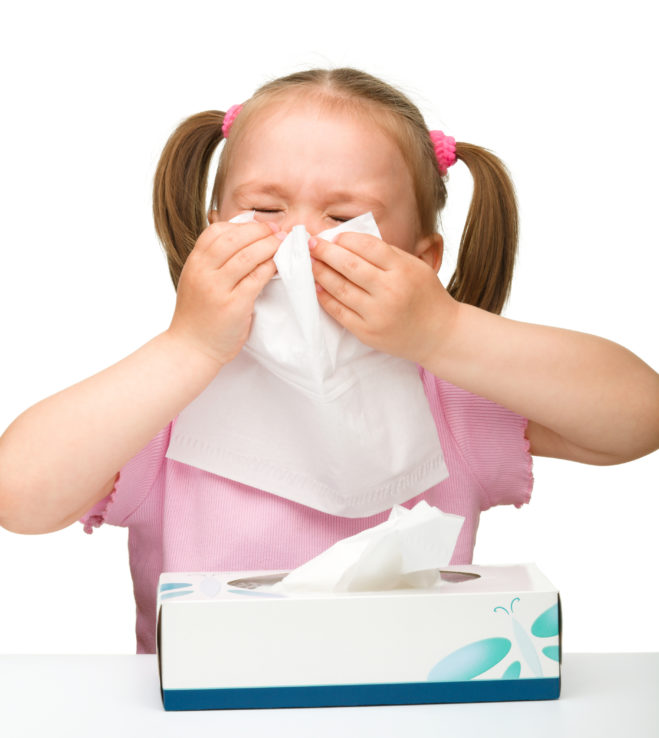Habits for Healthy Child Care Centers
We are thick in the middle of cold and flu season, which lasts from September to April. Does your child care center have healthy habits?
What Actually Makes us Sick?
Since most people get sick in the winter, is it the cold weather that makes us get sick? Or is it our response to cold weather?
Research tells us that colds are spread primarily through
- Being around people with a cold and
- Picking up germs in the environment.
We don’t get sick from going outside or by being exposed to cold air, we get sick from close contact with others with colds.
When it’s cold outdoors, we tend to stay inside where we can stay warm. So, it stands to reason that children will have a better chance of not getting close to those with colds outside on the playground rather than inside!
Keepin’ it Clean
No doubt you’ve got your own systems for keeping things sanitized in your classroom, but here are some things that you may not already know…
- Germs that cause colds and viruses can live on a hard surface like a table, door knob or toy for 24 hours.
- Bleach water, mixed fresh every day at the ratio of ½ cup bleach/1 gallon of water will kill viruses that linger on surfaces faster than Lysol, Clorox Clean-Up spray or Clorox wipes (for a lot less money too!) Check out this video for an explanation:
- There are over 100 different viruses that cause colds. Each time you have cold, you build an immunity to that particular virus. Children in child care have more colds than children who do not go to child care BUT they are less likely to get as many colds when they enter elementary school, because they’ve built their immunity up.
- That means that teachers have a tendency to catch everything that walks through the classroom door their first year of teaching, but build immunity with time. After many years of working with young children, I have a great immune system and rarely get sick!
- Of course, hand washing is your best defense against the spread of cold and flu. Teach kids to suds up for at least 15 seconds. If there’s not a sink around, hand sanitizer is the next best thing.
- Teaching children to blow their own nose will help keep the germs at bay as well. But blowing your nose is not a natural response to having a stuffed-up nose. We have to teach children the value of getting that stuff out of there – you can breathe! And better yet, you don’t have to have the nose bulb sucker-outer stuck in your nose.
Click here for a printable to learn how to teach nose blowing to children.
Our printable this month was adapted from outside material. You can go here and here to read the original.


